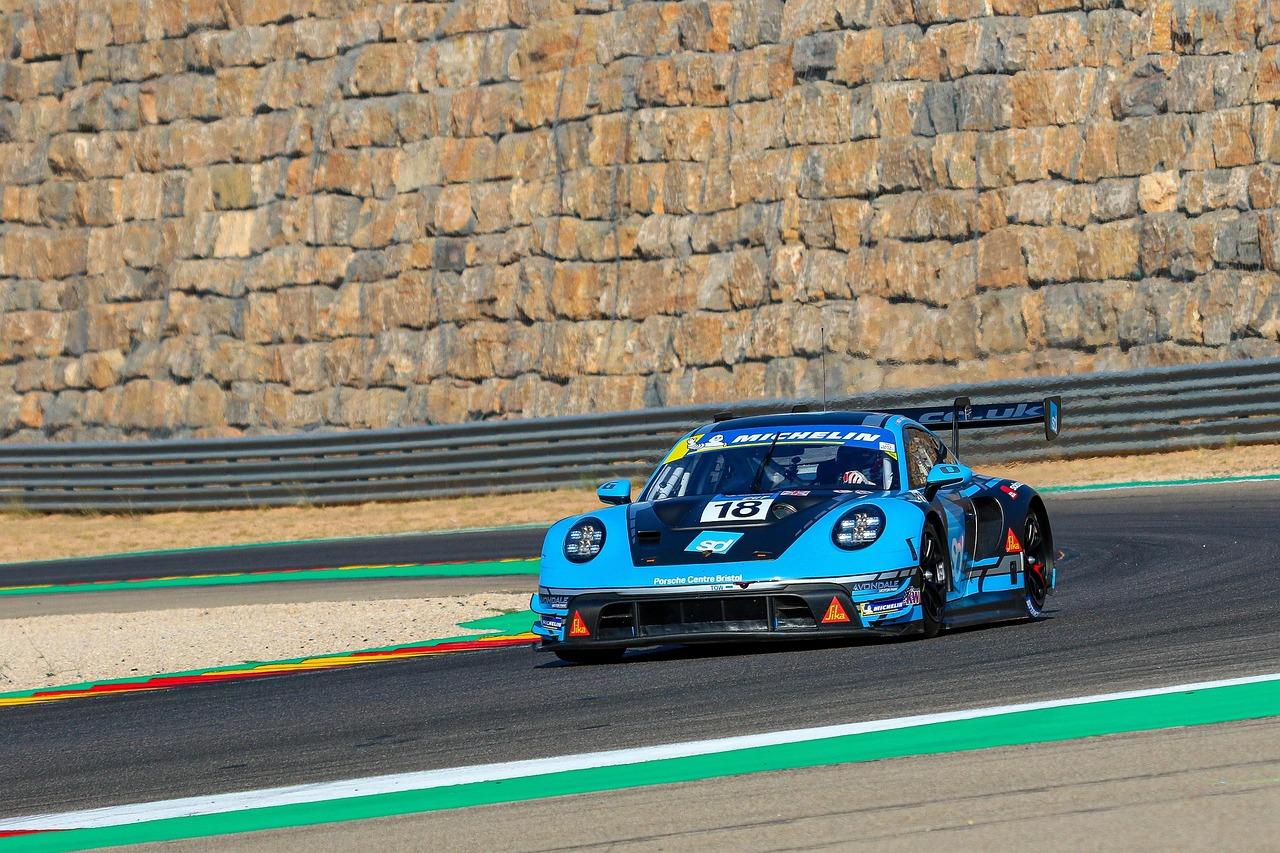Is it safe to travel to Mexico City?
Mexico City, like any large metropolis, has areas that are safer than others. However, in general, the city is considered safe for tourists, especially in popular tourist zones. As with any destination, it's wise to take precautions, be aware of your surroundings, and avoid walking alone at night in unfamiliar areas. The city has a strong police presence, and crime rates are relatively low, especially when compared to other major cities around the world.
What is the best time of year to visit Mexico City?
The best time to visit Mexico City is during the spring (March-May) and fall (September-November) when the weather is pleasant and there's less rainfall. These seasons also offer a good balance of comfortable temperatures and less crowds compared to the peak tourist season. If you prefer cooler weather, consider visiting during the winter (December-February), but be prepared for occasional rain.
How many days are needed to visit Mexico City?
To experience the main attractions and get a good feel for the city, you'll need at least 3-5 days. If you want to explore more museums, art galleries, or venture out to nearby towns, you could spend a week or more. However, even a short visit can be rewarding, as there's so much to see and do in this vibrant city.
What are the main tourist attractions in Mexico City?
Mexico City boasts an array of iconic landmarks and cultural attractions. Some of the most notable include:
- Zócalo: The heart of the city, with the Metropolitan Cathedral and National Palace.
- Chapultepec Park: A sprawling green space with museums, a zoo, and the impressive Castillo de Chapultepec.
- Museo Nacional de Antropología: Housing a vast collection of pre-Columbian artifacts.
- Frida Kahlo Museum: A captivating museum dedicated to the renowned Mexican artist.
- Xochimilco: A network of canals where you can take a traditional trajinera boat ride.
- Palacio de Bellas Artes: A stunning Art Deco building with a theater and murals by Diego Rivera.
- Teotihuacan: Ancient ruins located just outside the city, offering an impressive glimpse into Mexico's past.
How to get around in Mexico City?
Mexico City has an extensive public transportation system that's relatively affordable and efficient. Here are some common ways to get around:
- Metro: The subway system is the most efficient and cost-effective option. It covers most of the city center and connects to other parts.
- Metrobús: A bus rapid transit system that runs along dedicated lanes, offering a fast and comfortable journey.
- Taxis: Taxis are readily available, but it's advisable to use reputable companies or hail them from designated taxi stands.
- Uber and Cabify: Ride-hailing services like Uber and Cabify are popular and offer a safe and convenient option.
- Walking: The city center is walkable, and you can enjoy exploring neighborhoods on foot.
What type of food is typical in Mexico City?
Mexican cuisine is incredibly diverse and Mexico City offers a wide range of culinary experiences. Some of the most typical dishes include:
- Tacos: A staple food, with endless variations and fillings.
- Mole: A rich and complex sauce often used in dishes like mole poblano.
- Enchiladas: Corn tortillas filled with meat, cheese, or vegetables and covered in sauce.
- Pozole: A hearty stew made with hominy, meat, and various toppings.
- Tamales: Steamed corn dough filled with meat, cheese, or vegetables.
- Quesadillas: Grilled tortillas filled with cheese and other ingredients.
- Chiles Rellenos: Peppers stuffed with cheese and covered in batter and sauce.
- Tequila and Mezcal: Mexican spirits that are popular in cocktails and for sipping.
What is the climate like in Mexico City?
Mexico City has a temperate climate with mild winters and warm summers. The city experiences two distinct seasons:
- Dry Season: October to May, with sunny and dry weather, ideal for sightseeing and outdoor activities.
- Rainy Season: June to September, with occasional showers and higher humidity.
What is the average temperature in Mexico City?
The average temperature in Mexico City ranges from 13°C (55°F) in winter to 23°C (73°F) in summer. However, it can fluctuate throughout the year, with occasional cool spells and occasional heat waves.
How many rainy days are there in Mexico City?
Mexico City experiences a significant amount of rainfall during the rainy season, with an average of 125 rainy days per year. The heaviest rainfall occurs between June and September, with occasional showers throughout the year.
What is the level of tourist influx in Mexico City?
Mexico City is a popular tourist destination, attracting millions of visitors each year. Tourist influx peaks during the winter months and holidays, leading to higher prices for accommodations and more crowded attractions. It's recommended to book accommodations and tours in advance, especially during peak season.
What is the average price of food in Mexico City?
The cost of food in Mexico City is generally affordable, especially when compared to other major cities. You can find budget-friendly options at street vendors, local restaurants, and markets. For a more upscale dining experience, expect prices to be higher. However, you can still find excellent value for money regardless of your budget.
What types of tourism exist in Mexico City?
Mexico City offers a diverse range of tourism experiences, including:
- Cultural Tourism: Visiting historical sites, museums, art galleries, and theaters.
- Historical Tourism: Exploring ancient ruins, colonial architecture, and historical landmarks.
- Gastronomic Tourism: Sampling local delicacies, attending food festivals, and taking cooking classes.
- Nightlife Tourism: Enjoying vibrant nightlife with bars, clubs, and live music venues.
- Nature Tourism: Visiting parks, gardens, and natural areas around the city.
- Shopping Tourism: Exploring local markets, boutiques, and shopping malls.












